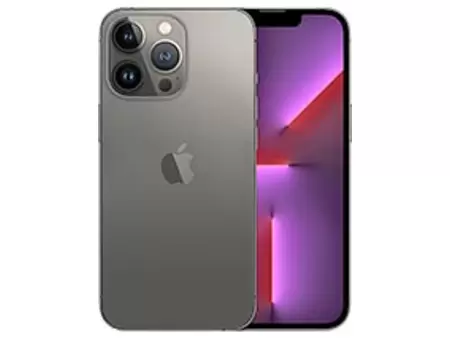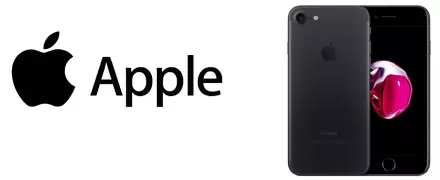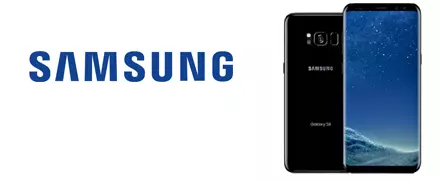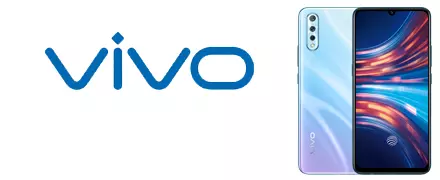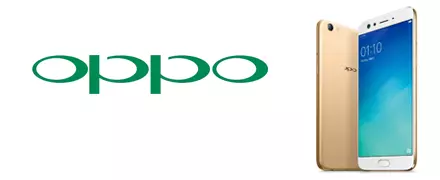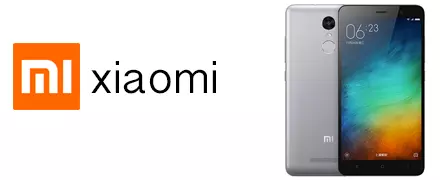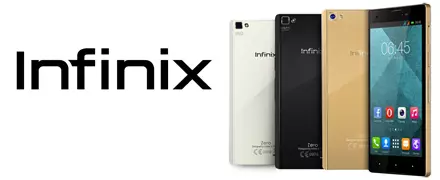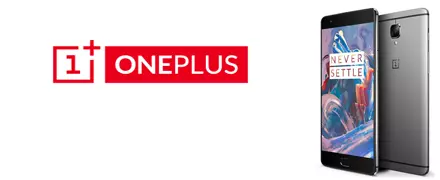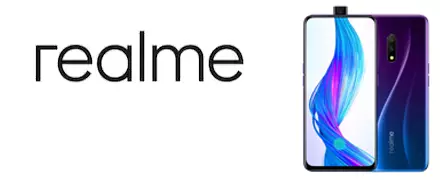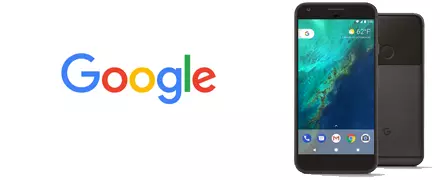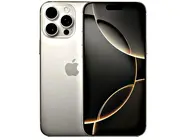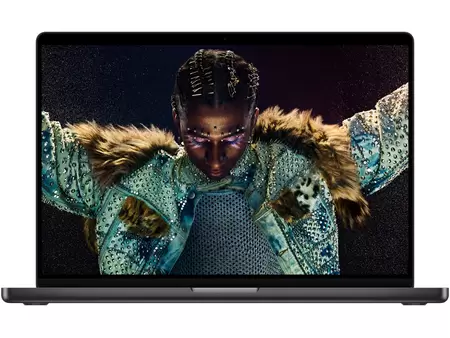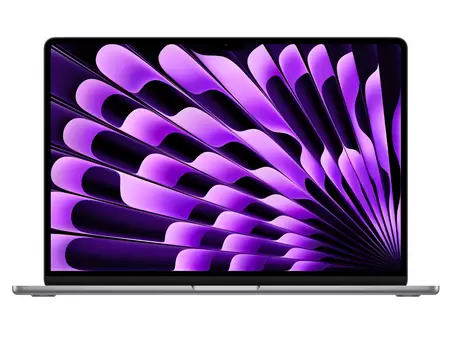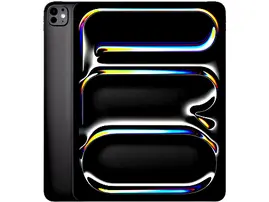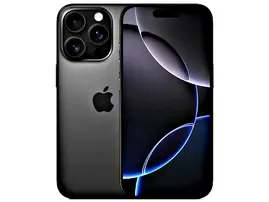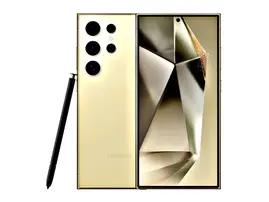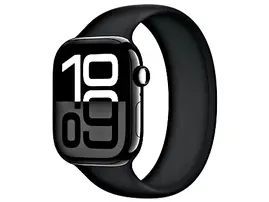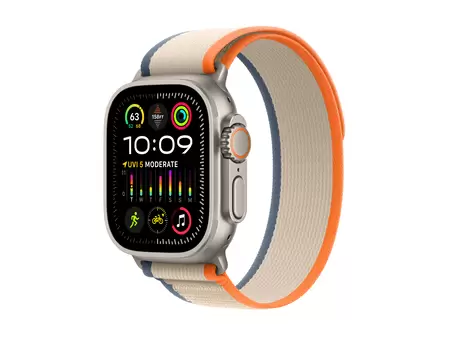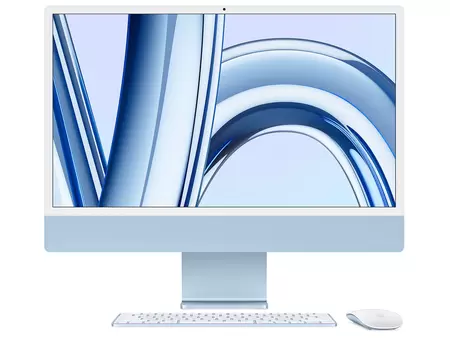Apple packs its new Pro phones with updated cameras, a bigger battery and the iPhone's first high-refresh-rate display.
The iPhone 13 Pro have the best cameras and best battery life of any iPhone we've tested. Both offer a number of high-end features, like the ability to record ProRes videos, which help them live up to the Pro in their names. Overall the iPhone 13 Pro and 13 Pro Max are outstanding, which is why we've given them a CNET Editors' Choice Award. Our original review, first published in September, follows.
The iPhone 13 Pro and iPhone 13 Pro Max mark the third year in a row that Apple released two Pro models. The phones have the same price as last year's 12 Pro and 12 Pro Max, and are loaded with updated cameras, a larger battery and an A15 Bionic chip. By packing the 13 Pro and 13 Pro Max with features many of us have wanted for years, including a display with a high refresh rate, Apple further defined the difference between its Pro and non-Pro phones. Three years ago, by comparison, the word Pro seemed more of a marketing term than an indication that the phone was any more professional than a regular iPhone.
The iPhone 13 Pro cameras bring you even closer to your subject
The 13 Pro and 13 Pro Max have a new macro mode, which triggers automatically when you get within a few centimeters of your subject. To test the cameras and Macro function, I took the iPhone 13 Pro Max and iPhone 13 to the Feast of the Field, part of the yearly Euphoria food event in Greenville, South Carolina. This made for a tasty camera test.
The way macro photography works is that as you get closer to your subject, the camera automatically switches from the wide camera to ultrawide. Now that the ultrawide has autofocus, it can lock focus on something that's just a couple of centimeters away.
In bright and medium lighting, I found macro photography on the iPhone solid. It's not on the level of a mirrorless camera with dedicated macro lens but it's one of the better implementations of a macro mode that I've seen on a phone. I took solid close-up photos of food, coffee and even recorded a nightmare video clip of ants crawling all over a discarded grapefruit.
At the main dinner for the event, I learned two things: The first is that gooseberries are delicious. And the next is that in low lighting, the iPhone still switches to the ultrawide camera to take a macro photo. The best camera on the phone is the wide-angle camera, which can also handle low-light situations well. And because the phone has to be so close to its subject, it actually blocks some of the light, resulting in mediocre close-ups. At this time, there isn't a way to turn off the macro functionality. Apple says that a new setting will be added in a software update this fall, so you'll be able to turn off automatic camera switching when shooting at close distances for macro photography and video.
The iPhone 13 Pro has the longest battery life of any phone we tested
Both the 13 Pro and 13 Pro Max have a larger battery. I didn't have any trouble getting through a day, even a hot and humid one where I captured a bunch of photos and videos. For me, the iPhone 13 Pro easily lasts a day on a single charge and the iPhone 13 Pro Max can go two days per charge. Both phones have longer battery lives last year's iPhone 12 Pro and 12 Pro Max.
In CNET's battery test in which we play a looped video on Airplane mode with the screen at half brightness, the iPhone 13 Pro lasted 22 hours, 2 minutes, and the iPhone 13 Pro Max lasted 31 hours, 19 minutes. The iPhone 13 Pro Max lasted longer than any phone CNET has ever tested.
The larger battery isn't the only reason for better battery performance. A big part of the improvement comes from the LTPO display that automatically adjusts the refresh rate. The iPhone 12 Pro and 12 Pro Max have a fixed 60Hz refresh-rate whereas the iPhone 13 Pro and 13 Pro Max can drop down as low as 10Hz using less power.
ProMotion on the iPhone 13 Pro is stellar
The 13 Pro has a 6.1-inch screen and the 13 Pro Max a 6.7-inch one. In everyday use, the screens are noticeably brighter. The displays have what Apple calls ProMotion, meaning the iPhone, for the first time ever, supports a high refresh rate. Depending on what's being shown on the screen, the refresh rate switches between 10 and 120Hz. This is a similar approach Samsung took with the Galaxy S21 Ultra. In use, the screen looks stellar. Animations look smooth, graphics crisp and even mundane things like scrolling feeds look better.
The iPhone 13 Pro gets beefier
The phones have the same squared off look as the 12 series. The stainless steel sides are glossy and the back has one of four matte finishes: graphite, gold, silver or Sierra blue. In some lighting, the Sierra blue iPhone reads as light gray and in other lighting it looks like the Carolina blue of the UNC Tarheels.
The notch is 20% smaller. It's not as wide, but there's still a notch. It's fair to say that it annoys me 20% less.
Both phones are thicker and weigh more. The 13 Pro gains 15 grams and the 13 Pro Max packs on an additional 12 grams. I noticed the extra weight more when I used the 13 Pro. Both phones have Apple's Ceramic Shield on the front and an IP68 rating for dust and water resistance.
The iPhone 13 Pro has a longer telephoto camera
The main camera has a new sensor, the largest ever put into an iPhone. It has a faster f1.5 aperture lens, which equates to improved light gathering. The ultrawide has a new auto focus sensor and lens that also improves light gathering. And last, the telephoto camera gets a new sensor and lens with a longer 3x optical zoom.
Using the Pro iPhones did result in brighter photos, but the improvement wasn't always obvious. I also noticed that photos had fast shutter speeds, which resulted in freezing action better, like when I took a shot of people riding bikes.
